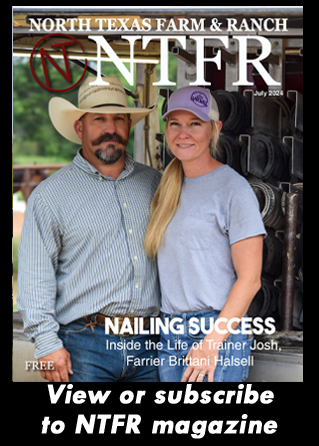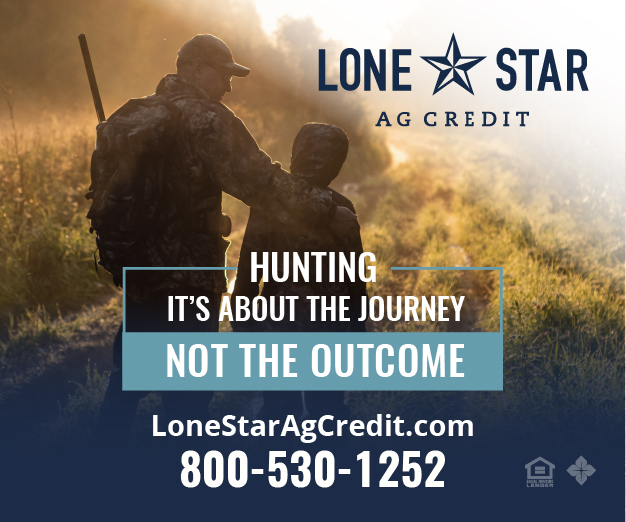Farm & Ranch
Stephen J. “Tio” Kleberg to Receive National Golden Spur Award on Oct. 5
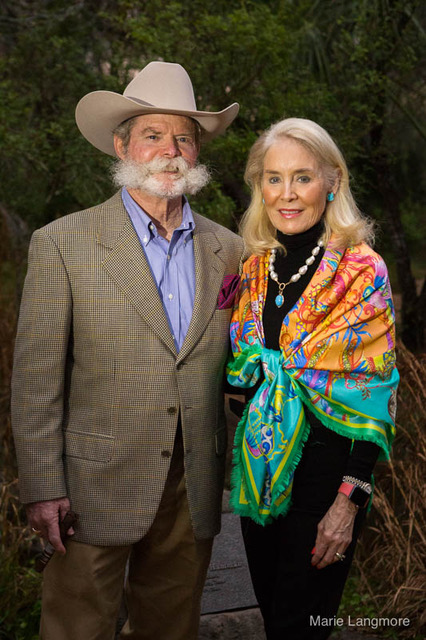
Stephen J. “Tio” Kleberg of Kingsville, Texas, has been selected as the 2024 National Golden Spur recipient for his contributions to the ranching and livestock industries. Kleberg will receive the National Golden Spur Award at the Lubbock Memorial Civic Center in Lubbock, Texas, during the annual National Golden Spur Award Honors on Saturday, October 5.
“The National Golden Spur Award is the most prestigious national honor given by the ranching and livestock industries to one person,” explained Jim Bret Campbell, executive director of the Ranching Heritage Association and National Ranching Heritage Center. “As the 46th recipient, Tio Kleberg continues the tradition of excellence that characterizes National Golden Spur Award honorees.”
Presentation of the National Golden Spur Award is a joint annual recognition given by six of the leading state and national ranching and livestock organizations: the American Quarter Horse Association, National Cattlemen’s Foundation, Ranching Heritage Association, Texas Cattle Feeders Association, Texas Farm Bureau, and Texas and Southwestern Cattle Raisers Association.
Kleberg served as the vice president of agricultural operations for the legendary King Ranch from 1971-1998. He then served on the board of directors of King Ranch, Inc. from 1998 until 2021. During his more than 50 years of service to King Ranch, Kleberg revitalized the American Quarter Horse breeding program, contributed to the development of the Santa Cruz breed of cattle and implemented sweeping wildlife conservation efforts.
“As the manager of the livestock operations at the family’s King Ranch Properties in South Texas, Tio made a tremendous contribution to the Quarter Horse breed by introducing the services of Buster Welch and the stallions Mr. San Peppy and Peppy San Badger to the extremely talented band of King Ranch mares,” said Red Steagall, the 2018 recipient of the National Golden Spur Award. “The King Ranch horses took control of the equine industry for several years. Those bloodlines continue to influence the Quarter Horse breed today.”
In addition to his contributions to the success of King Ranch, Kleberg tirelessly served the ranching and livestock industries. A longtime director of the American Quarter Horse Association, Kleberg served as one of the youngest AQHA presidents in 1985. He was inducted into the AQHA Hall of Fame in 1997. Kleberg was also a director for the National Cutting Horse Association and the Texas & Southwestern Cattle Raisers Association.
Kleberg’s commitment to wildlife conservation is legendary, having served on the boards of the Caesar Kleberg Wildlife Research Institute and the East Foundation. Kleberg has been recognized by his peers with multiple awards, including being recognized with the Texas Tech University distinguished alumni award, and by both the Texas House and Senate with resolutions recognizing his contributions to Texas agriculture. Kleberg received an honorary doctorate from Texas A&M University-Kingsville. He was honored with the Phi Delta Theta fraternity Legion of Honor award in 2015.
“Tio was a cowboy first and then became a cowman, a horseman and, ultimately, the leader of the agribusiness operations for King Ranch, where he became the face of King Ranch throughout his tenure,” said Jay Evans, who worked for Kleberg at King Ranch and now manages Bridwell Ranches. “I can best describe his character and values by pulling from the cowboy/western culture code, which is summarized as strong faith, honesty, fairness, loyalty, hospitality, a deep respect for the land and its animals and a rock-solid work ethic and being a man of his word.”
“Tio, by his own words, always wanted to be a cowboy,” said Steve Stevens of Houston, Texas. “He represents the fifth generation to have lived and worked on King Ranch. Following graduation from Texas Tech University and service as a first lieutenant in the U.S. Army, Tio was heavily involved in the management of all operations of King Ranch, including serving as a member of the board of directors. He has been successful in achieving his goal of working on the ranch to service in the board room.”
Sponsorship packages for the National Golden Spur Award Honors, including table sponsorships, are currently available. Individual tickets for the National Golden Spur Award Honors will go on sale to the public August 8. For event details, visit goldenspurhonors.com.
Farm & Ranch
Grazing North Texas: Managing Old World Bluestems
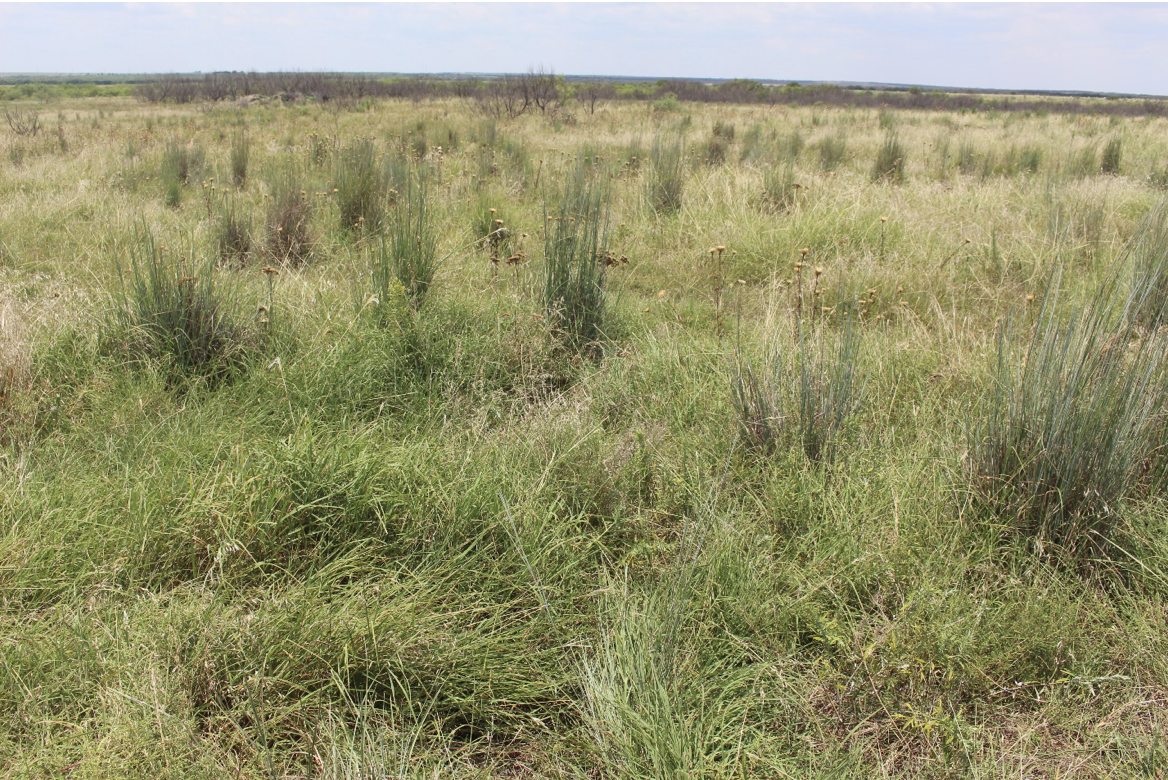
By: Tony Dean
Since their introduction to the U.S. in the early 1900s, Old World Bluestems such as King Ranch bluestem and Dahl bluestem have become established on farms and ranches from the Rio Grande to Nebraska. With such a wide range of adaptability, these species are subjected to a wide range of management, depending on location and the goals of the rancher.
Due to the aggressive nature of OWBs, producers in far South Texas have been trying to find a way to eradicate OWBs in their pastures. Texas AgriLife Extension bulletin “Introduced Bluestem Grasses: Management on Native Lands” describes several methods being used in the effort to rid pastures of OWBs. In 2016, one project involved using chemicals, plowing, mowing, reseeding, summer burning, and combinations of these practices.
To read the about the researchers findings and hear Tony’s take, pick up a copy of the October edition of North Texas Farm & Ranch magazine, available digitally and in print. To subscribe by mail, call 940-872-5922.
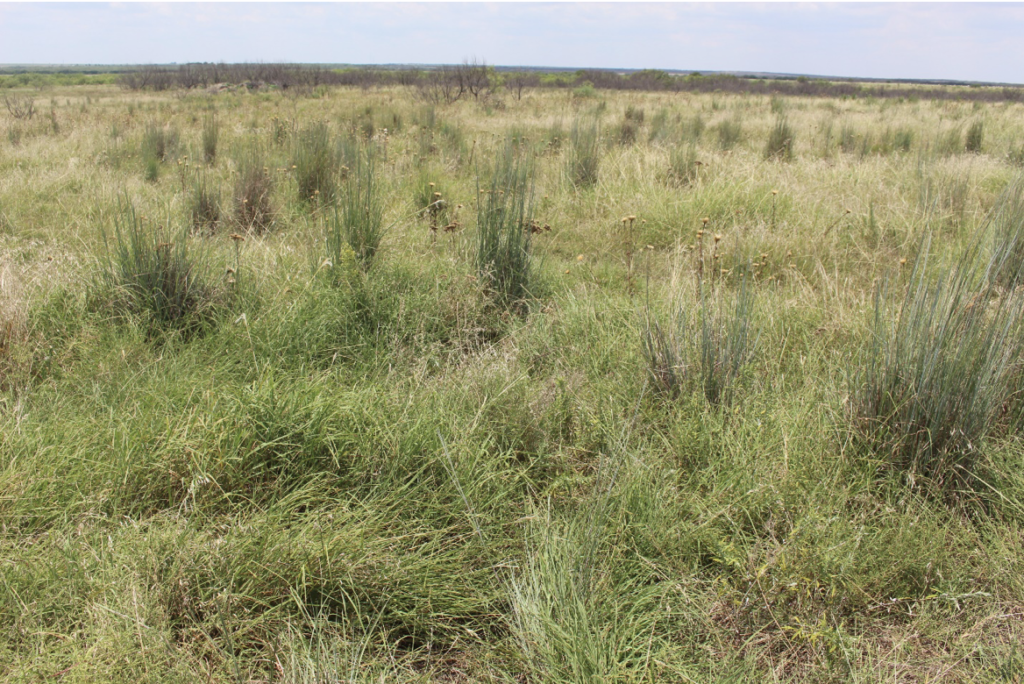
Farm & Ranch
Meanwhile Back At The Ranch

By: Rayford Pullen
Watching our pastures over the years, I have noticed our forages quit growing when nighttime temperatures begin hitting that 45-degree mark, and in North Texas, that will usually be around October 20.
While growth stops, our forages will still be high quality which allows our momma cows to gain weight for another 40 days or so.
Getting these cows in better condition is key to getting them through the winter and breeding after they calve.
Read more in the October issue of North Texas Farm & Ranch magazine, available online and in print. Subscribe to our newsletter to receive NTFR in your inbox each week.

Farm & Ranch
Grazing North Texas: Old World Bluestems

By: Tony Dean
In volume 1 of “Old World Bluestems”, Tony Dean addressed issues surrounding the Old World Bluestem family, including the invasive nature of these grasses. In this issue, he examines OWBs as a forage for livestock.
OWBs were intially brought to the US as foragr for livestock and for erosion control capability. Ironically, some of the characteristics that make these species invasive also cause them to be desirable grass for grazing.
One of the primary survival characteristics of OWBs is their ability to withstand heavy grazing. OWBs are genetically prone to grow upright like our native bluestems; however, with heavy grazing pressure, plants begin to take a sod growth form.
To read more, pick up a copy of the September issue of NTFR magazine. To subscribe by mail, call 940-872-5922.

-
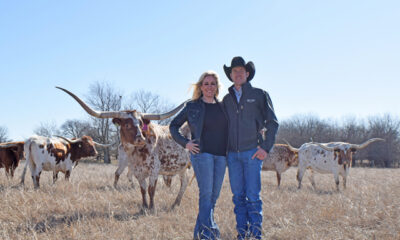
 Country Lifestyles2 years ago
Country Lifestyles2 years agoScott & Stacey Schumacher: A Growth Mindset
-
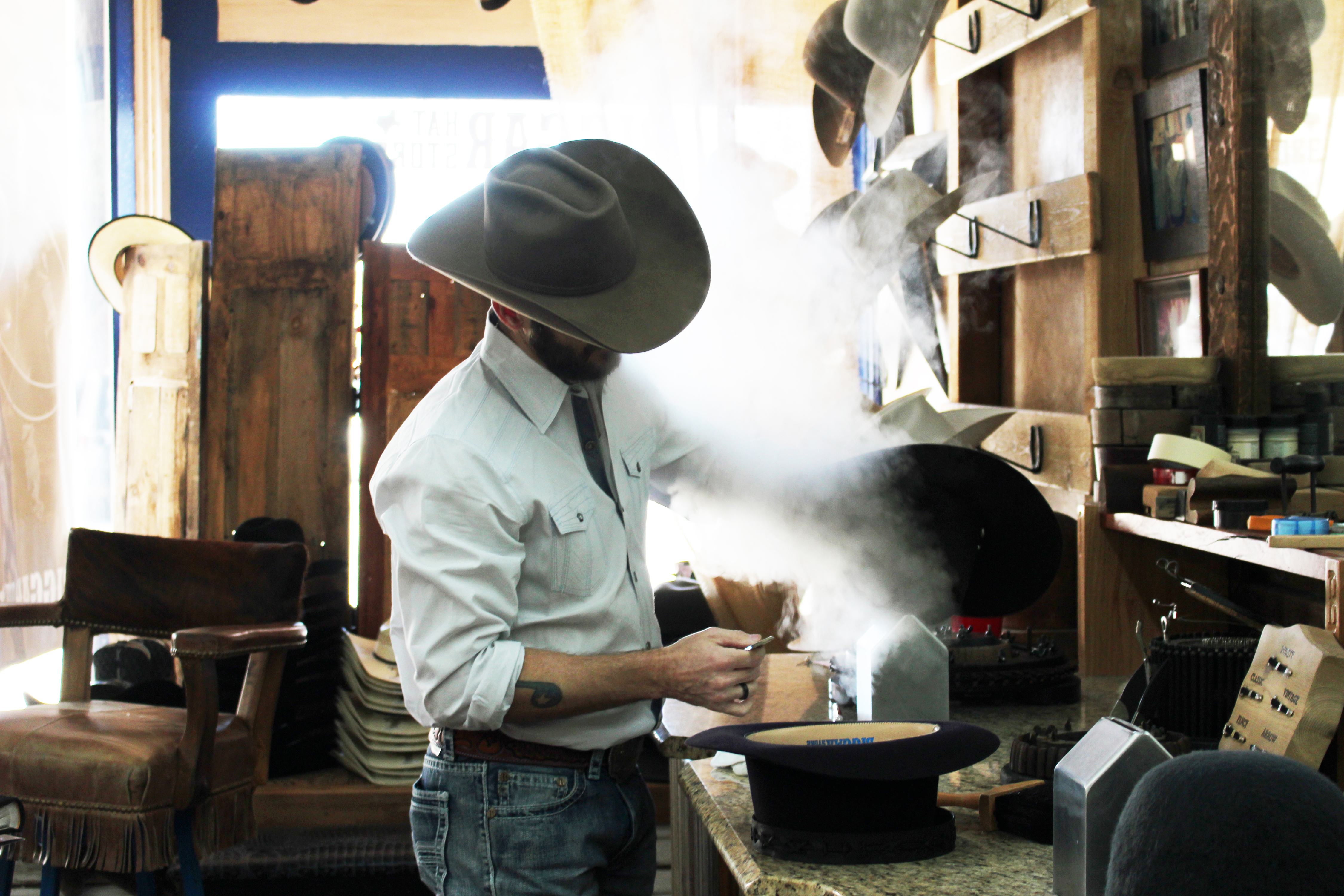
 Country Lifestyles8 years ago
Country Lifestyles8 years agoStyle Your Profile – What your style cowboy hat says about you and new trends in 2017
-
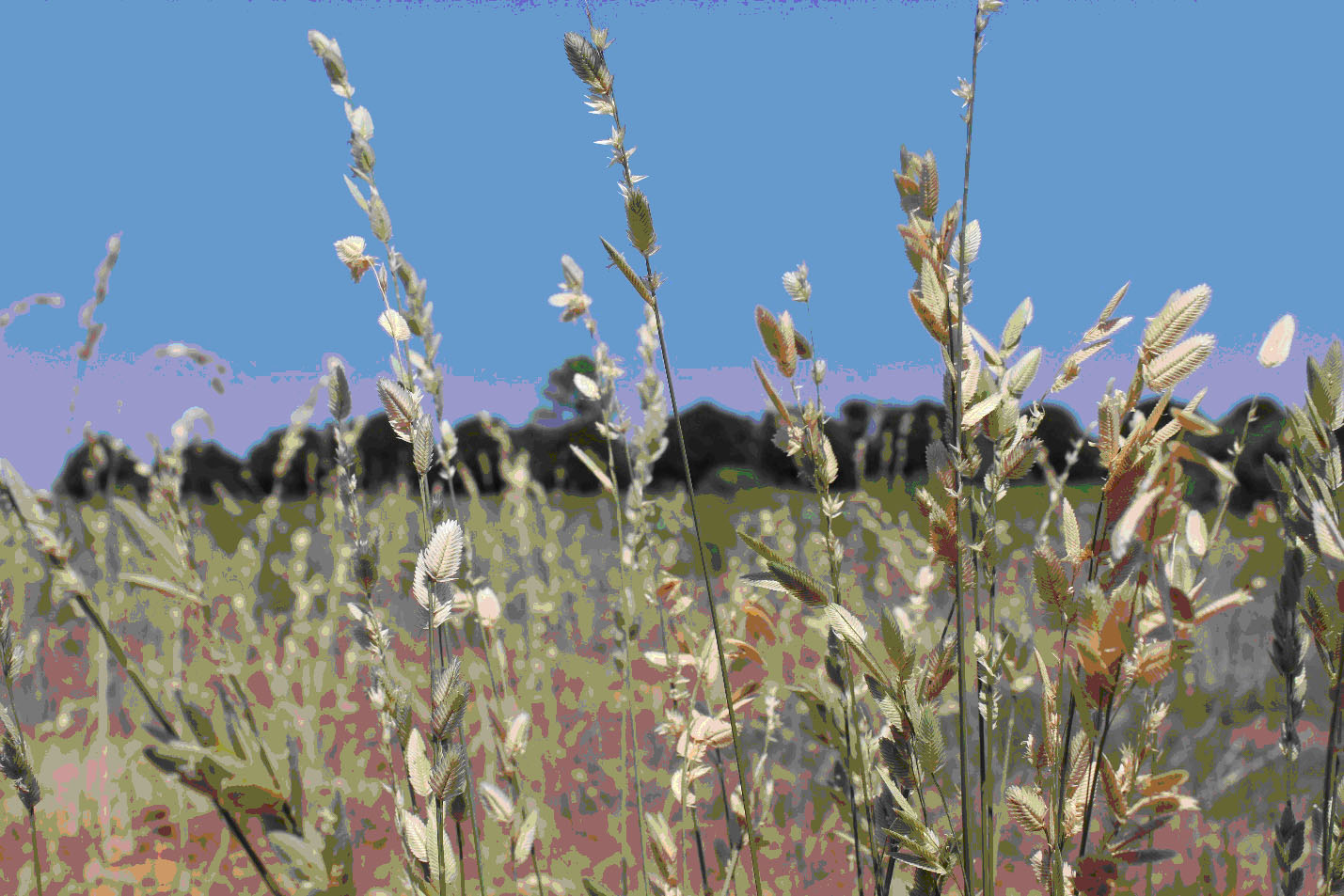
 HOME8 years ago
HOME8 years agoGrazing North Texas – Wilman Lovegrass
-

 Equine1 year ago
Equine1 year agoThe Will to Win
-
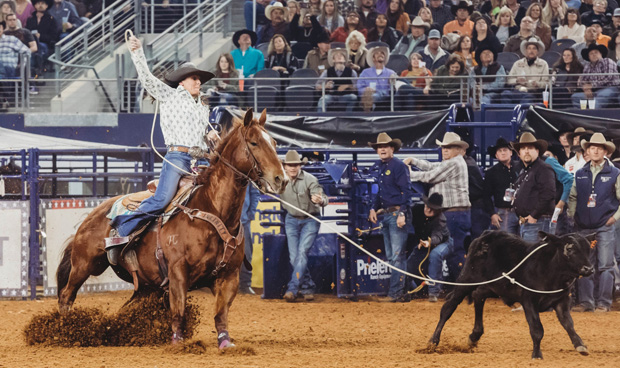
 Country Lifestyles5 years ago
Country Lifestyles5 years agoAmber Crawford, Breakaway Roper
-
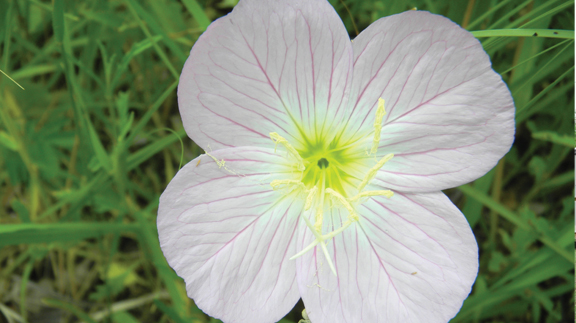
 Outdoor9 years ago
Outdoor9 years agoButtercup or Primrose?
-
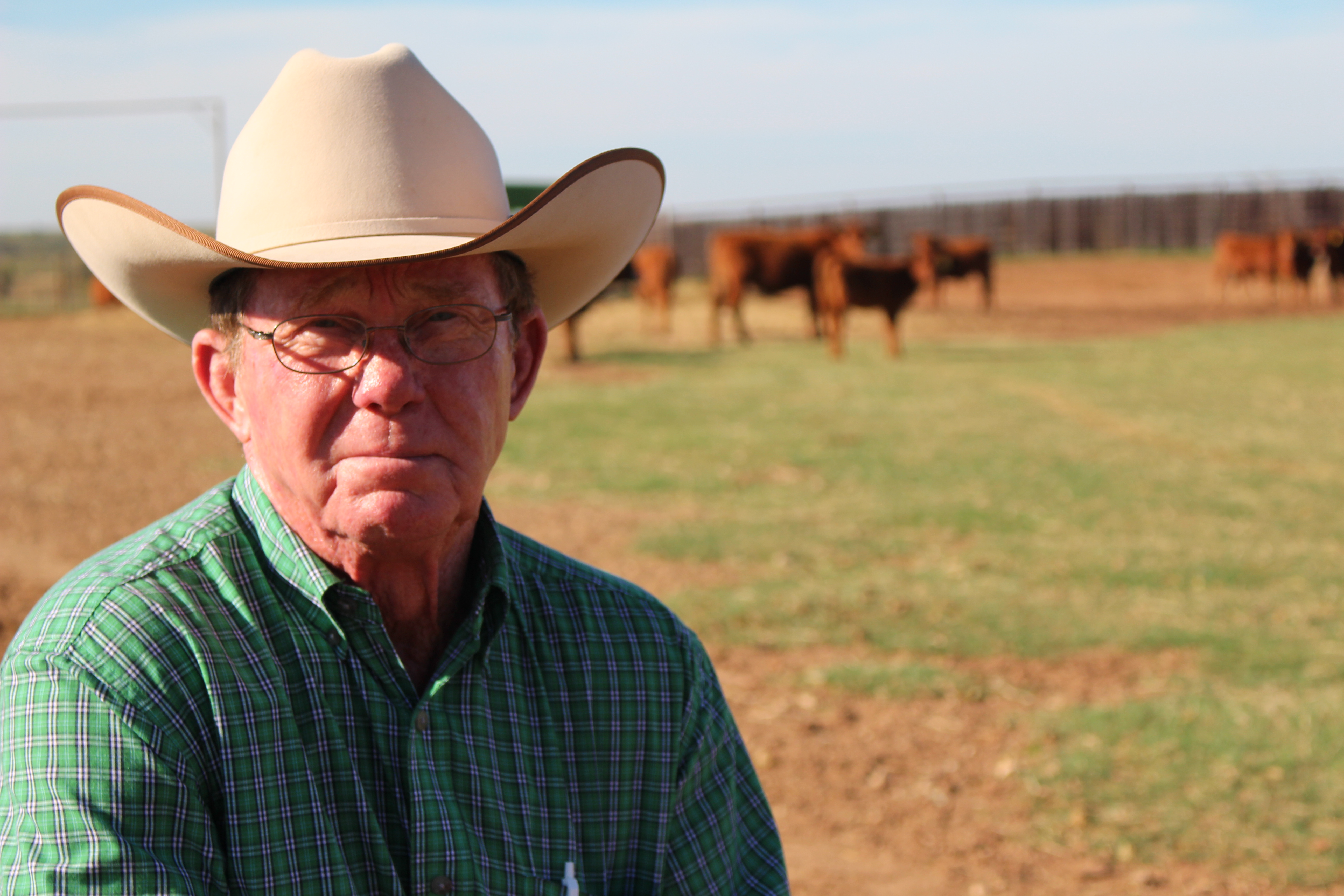
 Country Lifestyles8 years ago
Country Lifestyles8 years agoDecember 2016 Profile, Rusty Riddle – The Riddle Way
-
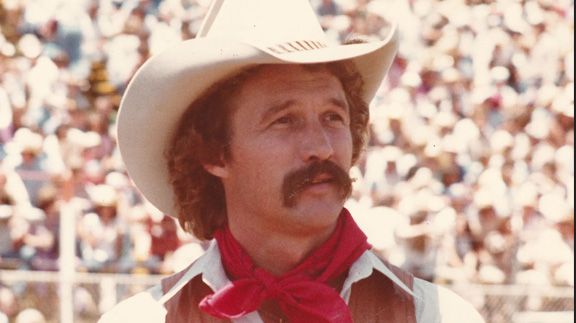
 Country Lifestyles8 years ago
Country Lifestyles8 years agoJune 2016 Profile – The man behind the mic: Bob Tallman
